
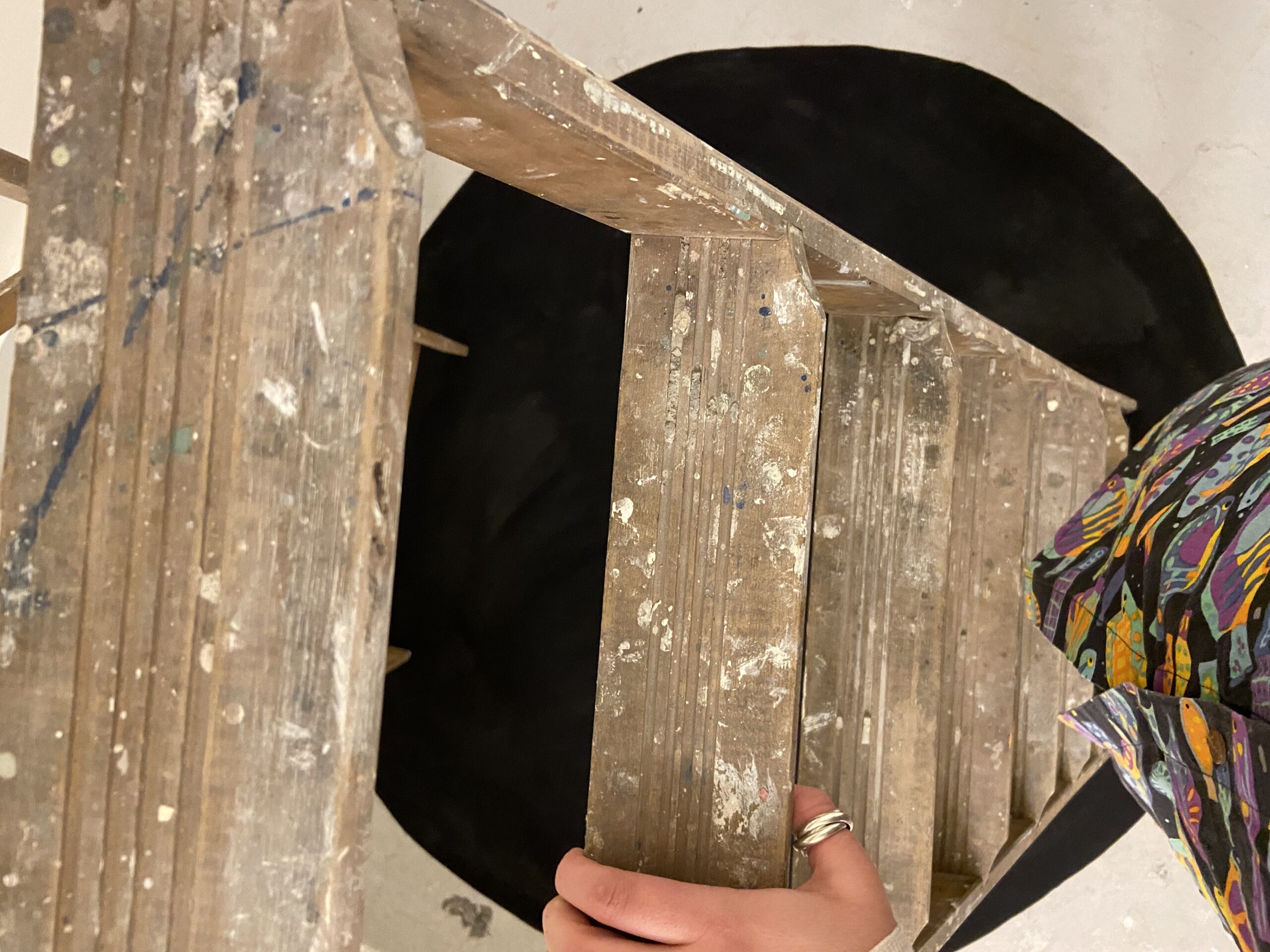

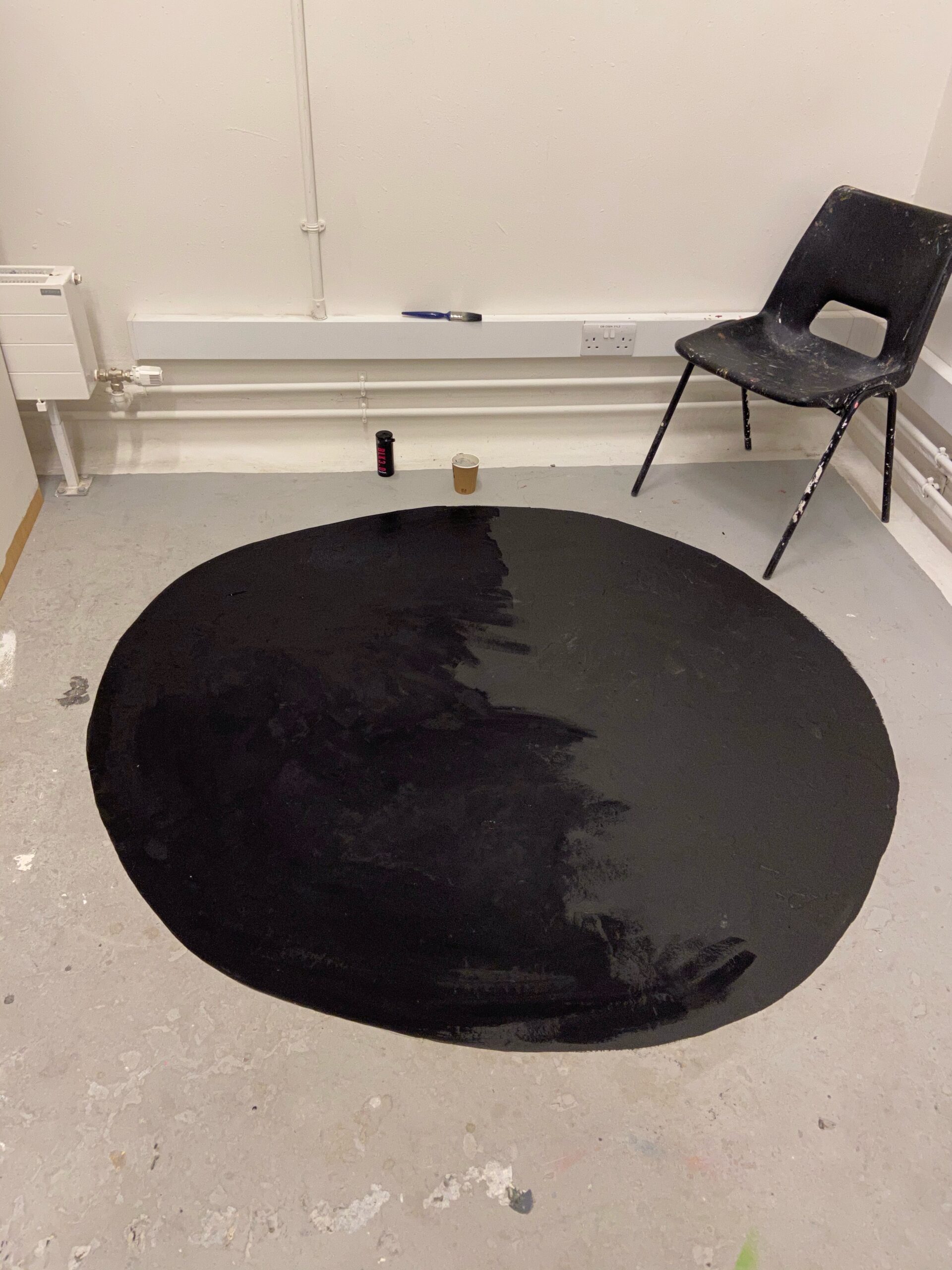
Hole painted with BLK 3.0 Stuart Semple
MA Fine Art Studio 5 2020/21




Hole painted with BLK 3.0 Stuart Semple
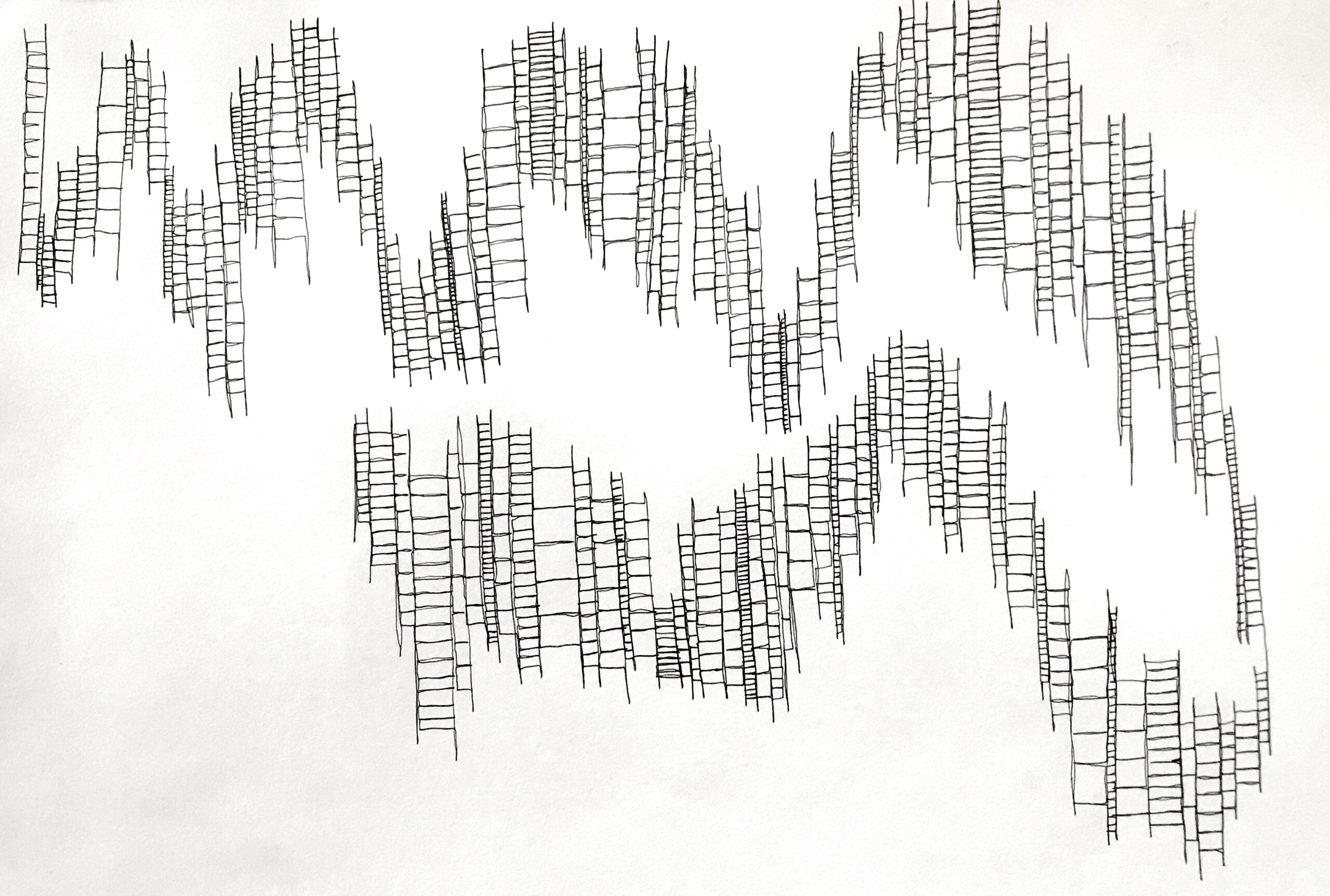
I’ve developed a habit of drawing ladders as a continuous unbroken line.
Repetitive action.
A block of ink on paper.
Not a collection of objects but a surface.
Flat and weblike.
Interested in the repetitive gestures of the opposing ‘up’ and ‘across’ strokes of my pen, I was keen to capture this action.
I found this site below (click on link) which allows you to do a basic drawing then replay the action.
https://sketchtoy.com/69416226
I enjoy the absent hand, the way that contrary to the kind of action ladders typically facilitate (up and down) the ladders reached laterally, creeping sideways.
As an experiment I think it’s raised some interesting possibilities.
The result is obviously amateurish: the distracting sidebar ads, compulsory graph paper background and irritating ‘Vibration’ function which I suppose is meant to emulate stock motion animation.
However, perhaps on a different programme, with the increased control of a digital pen and pad allowing free-er movement outside of the confines of the laptop touchpad, I think I could produce an interesting animation.
Projected across a room
occupying space
creeping along walls, chomping, stitching up surface in horizontal progression.
William Kentridge

The work of Kentridge is an obvious point of reference. Animated drawing that delivers the impression of active line which has the propensity to act intelligently, independent of the artist’s hand.
Kentridge’s work is often described as a ‘palimpsest’.
However, far from the archeological scope of this term, Kentridge employs palimpsest actively, where the viewer is able to see the process of erasure and subsequent mark making, rather than having to imagine that process of destruction and recreation via the traces of the original left behind.
Similarly, in the technique that I have begun to explore here, I won’t be erasing past mark-making, yet the movement of the drawn line will give that sense of previous mark making being resigned to the past. However, they will still remain visible in the present and exist as part of the whole drawn composition.
This is unlike most drawn animation where numerous celluloid frames are used to give the impression of seamless movement and ‘real’ unprompted action.
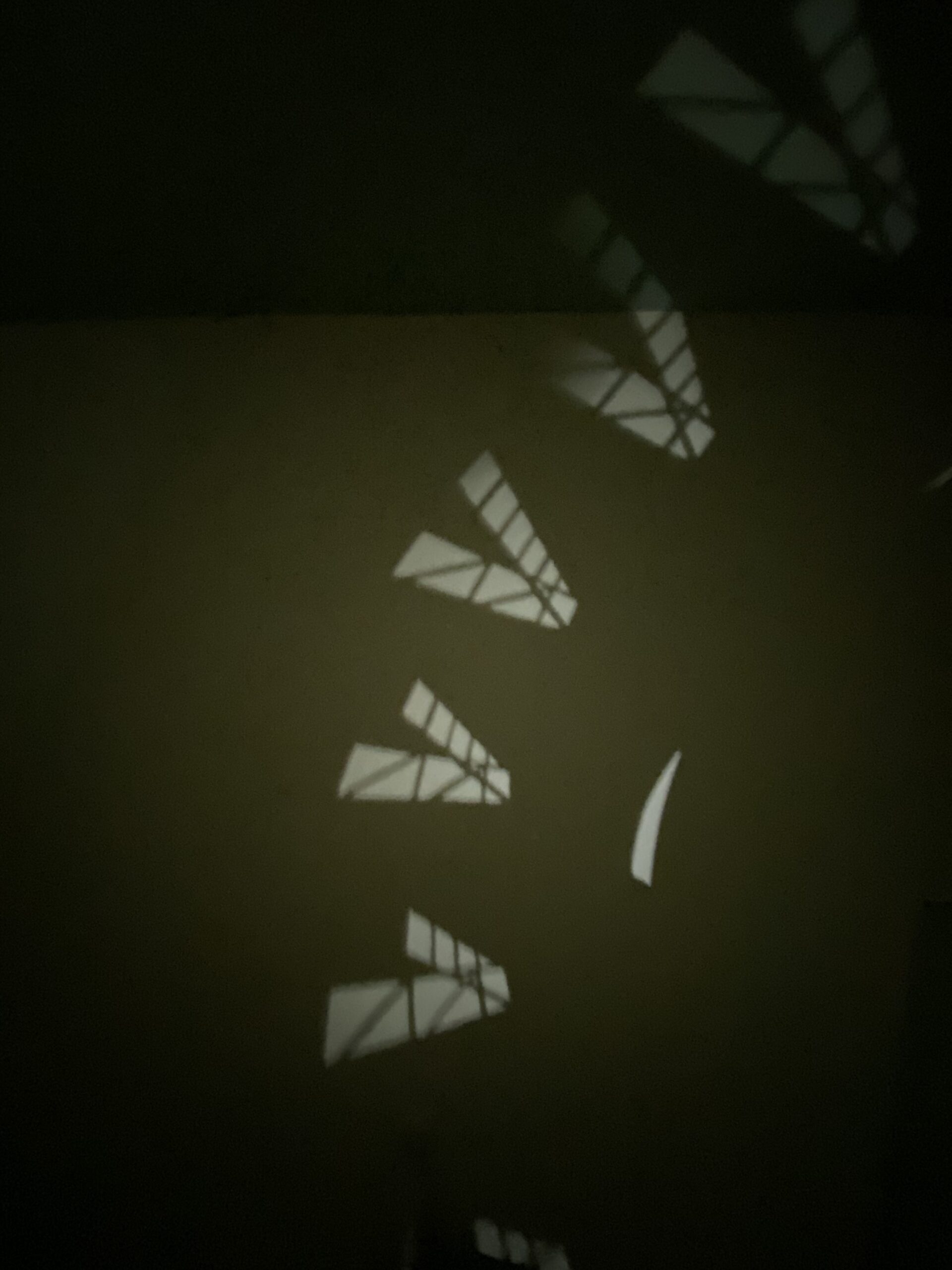
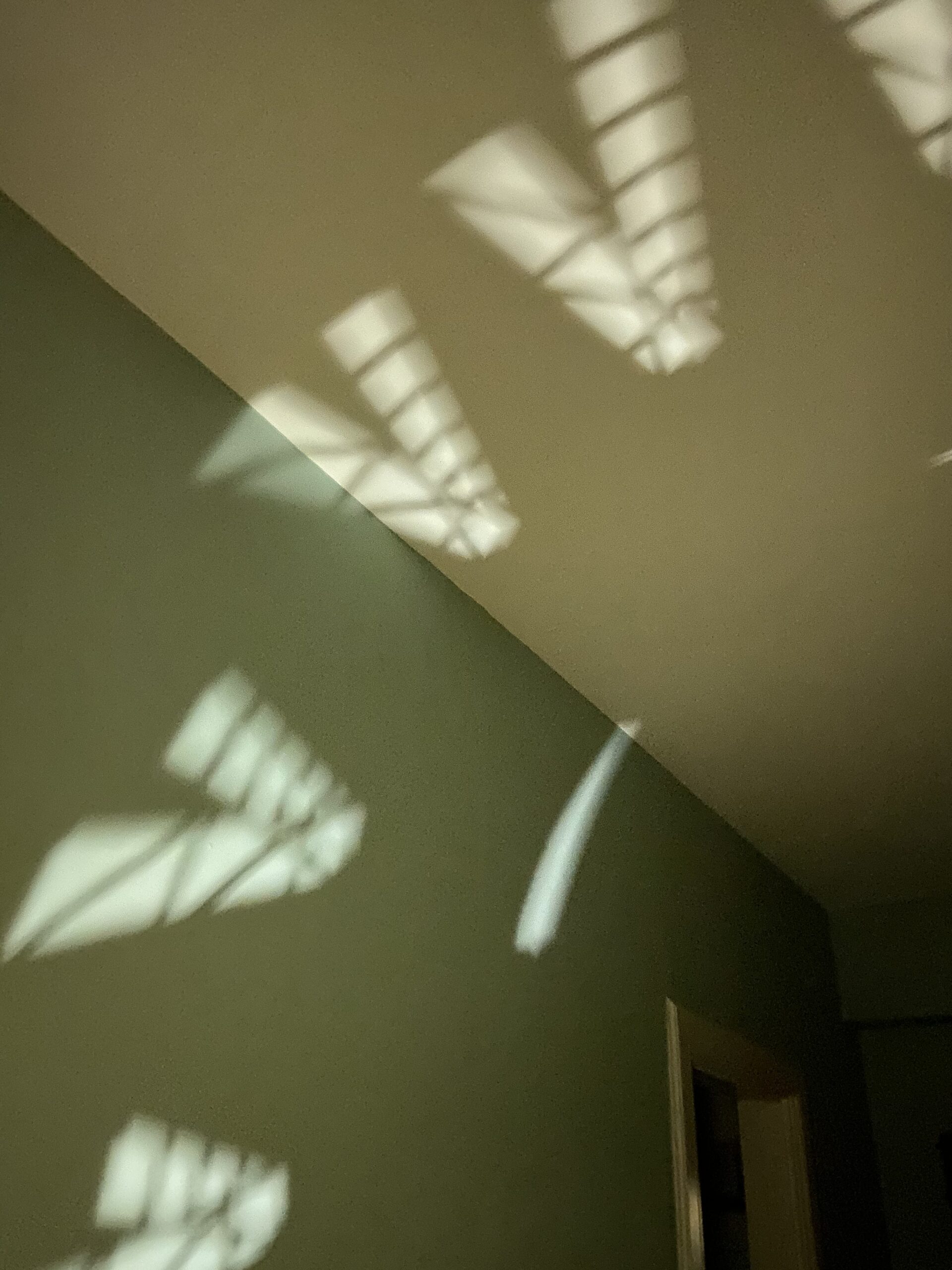
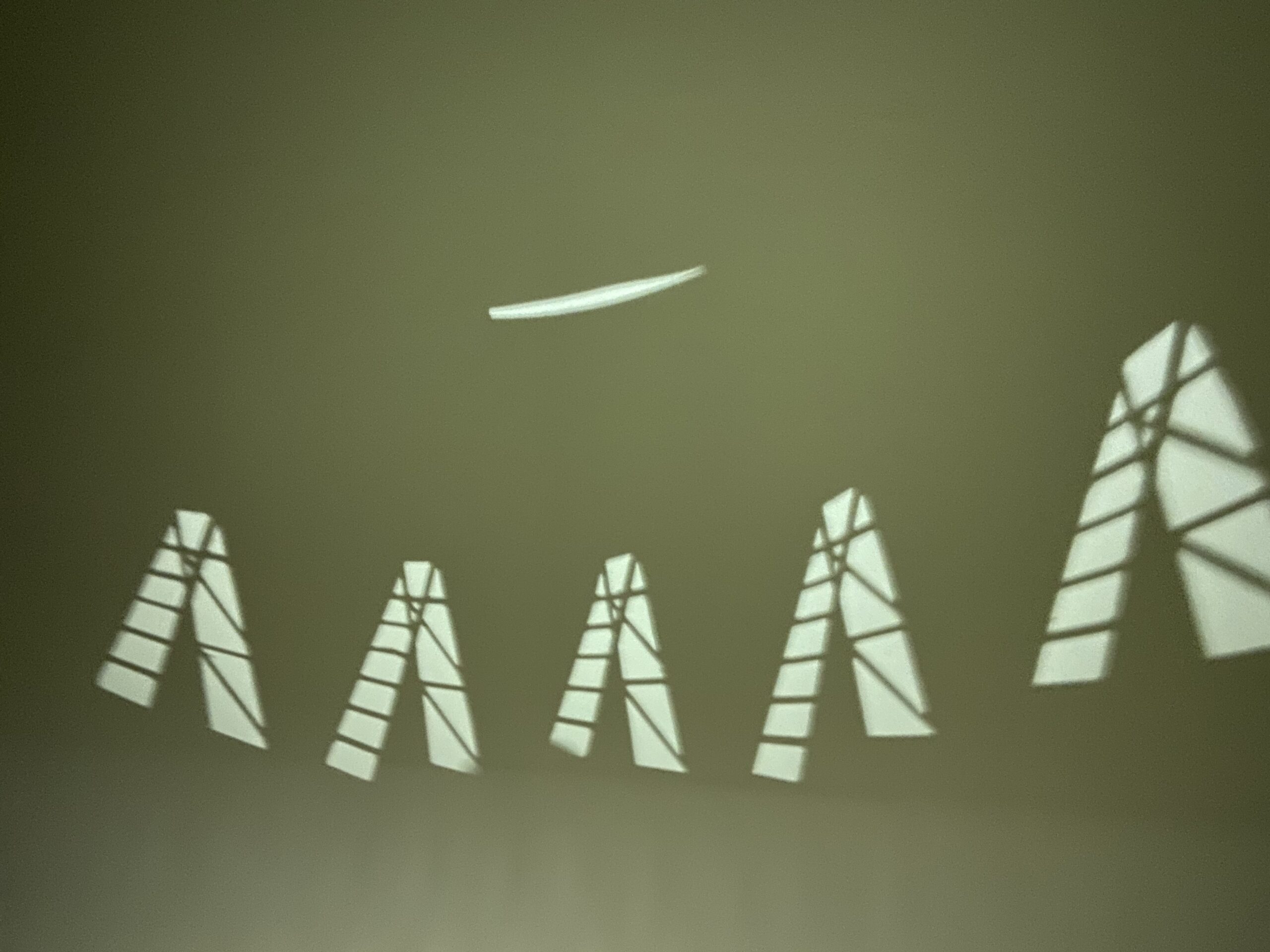

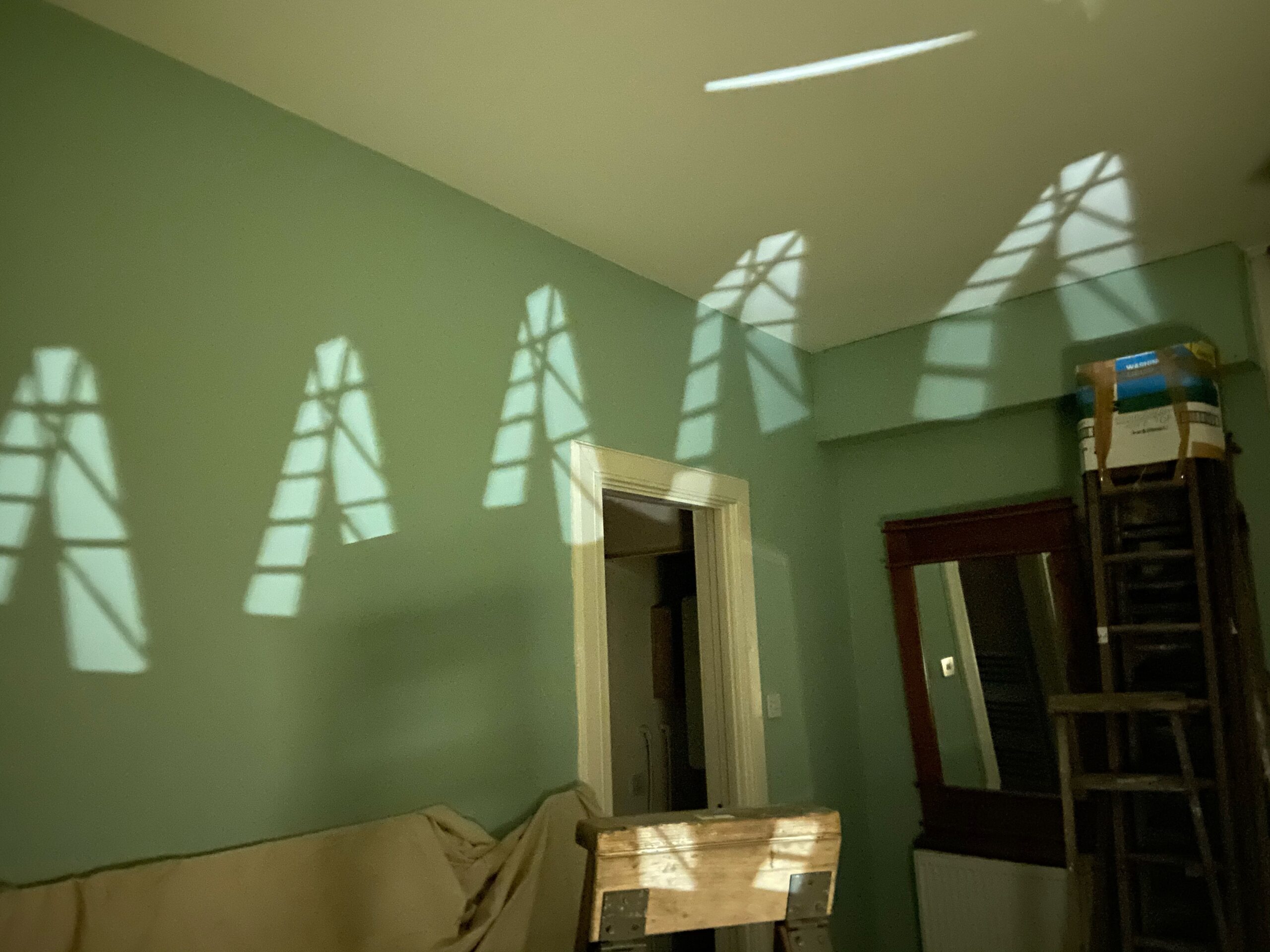
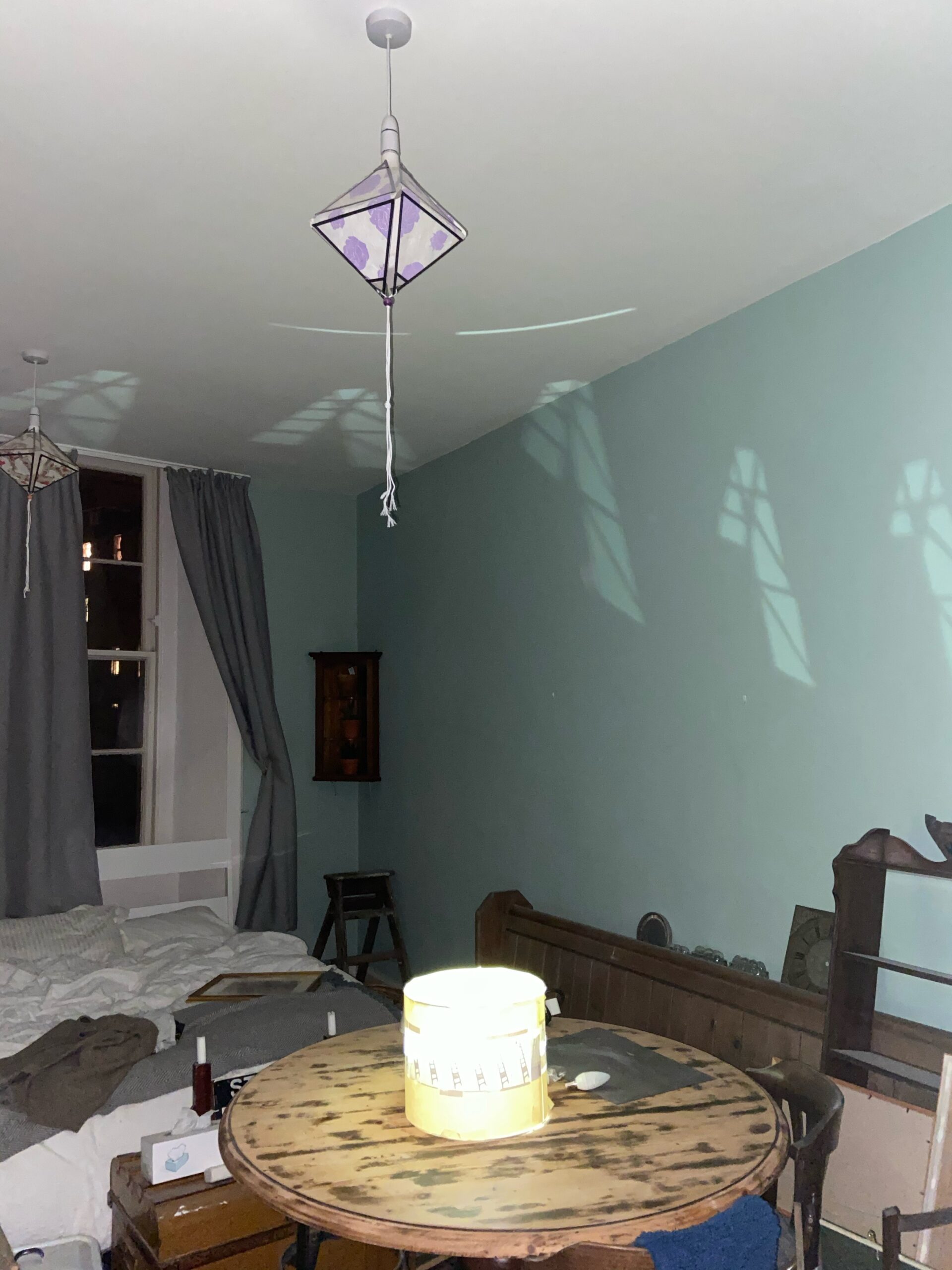
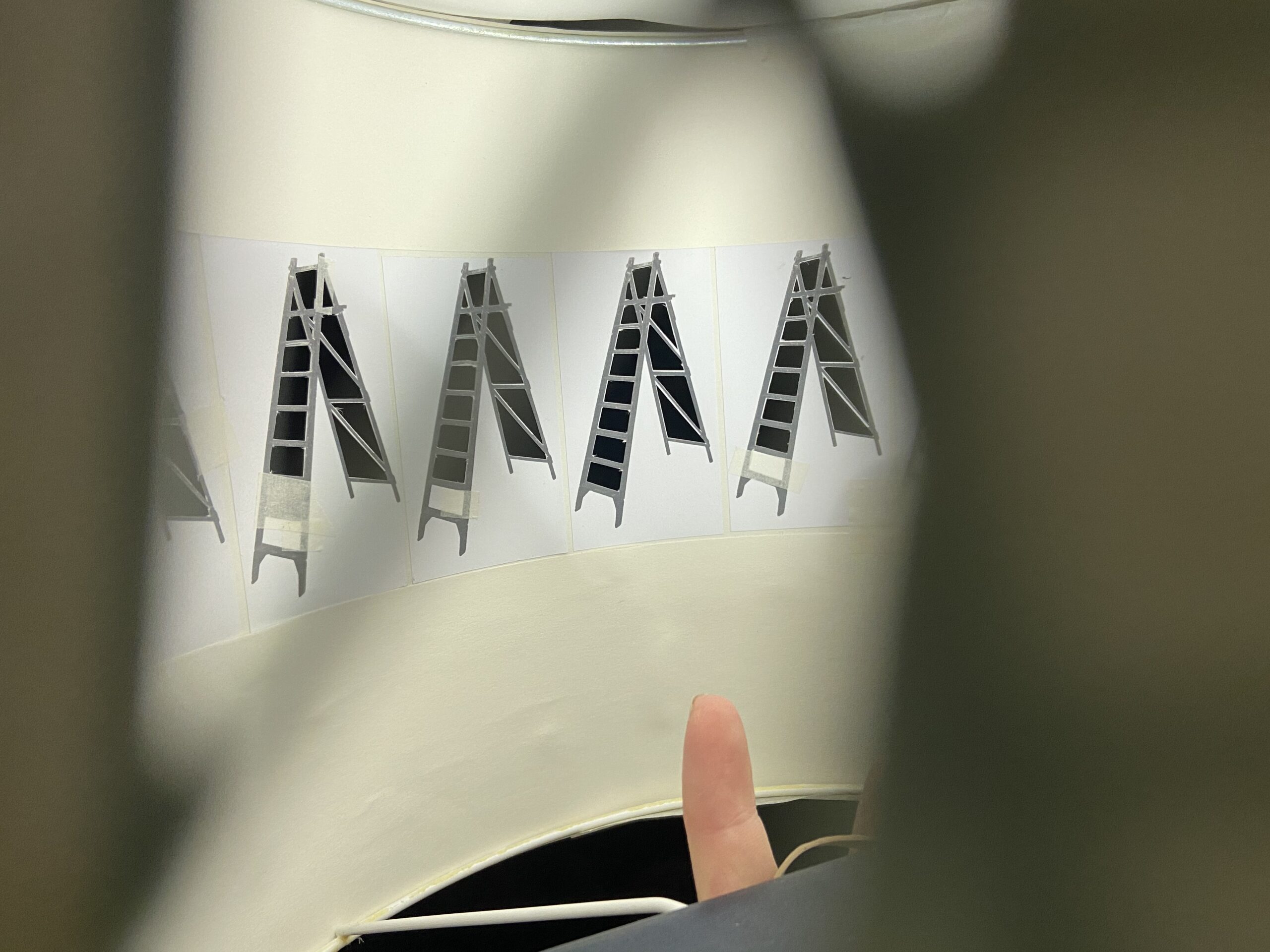
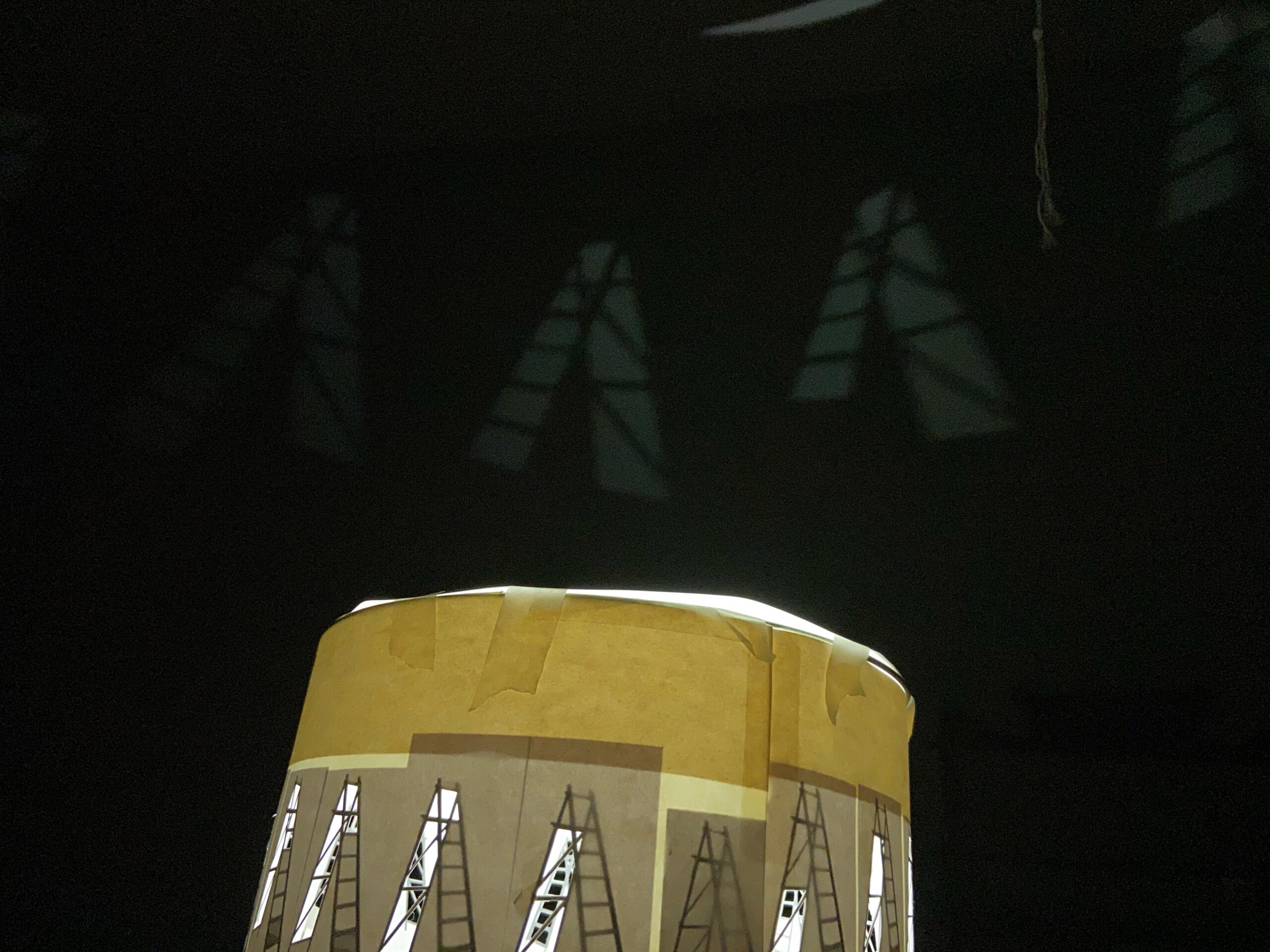
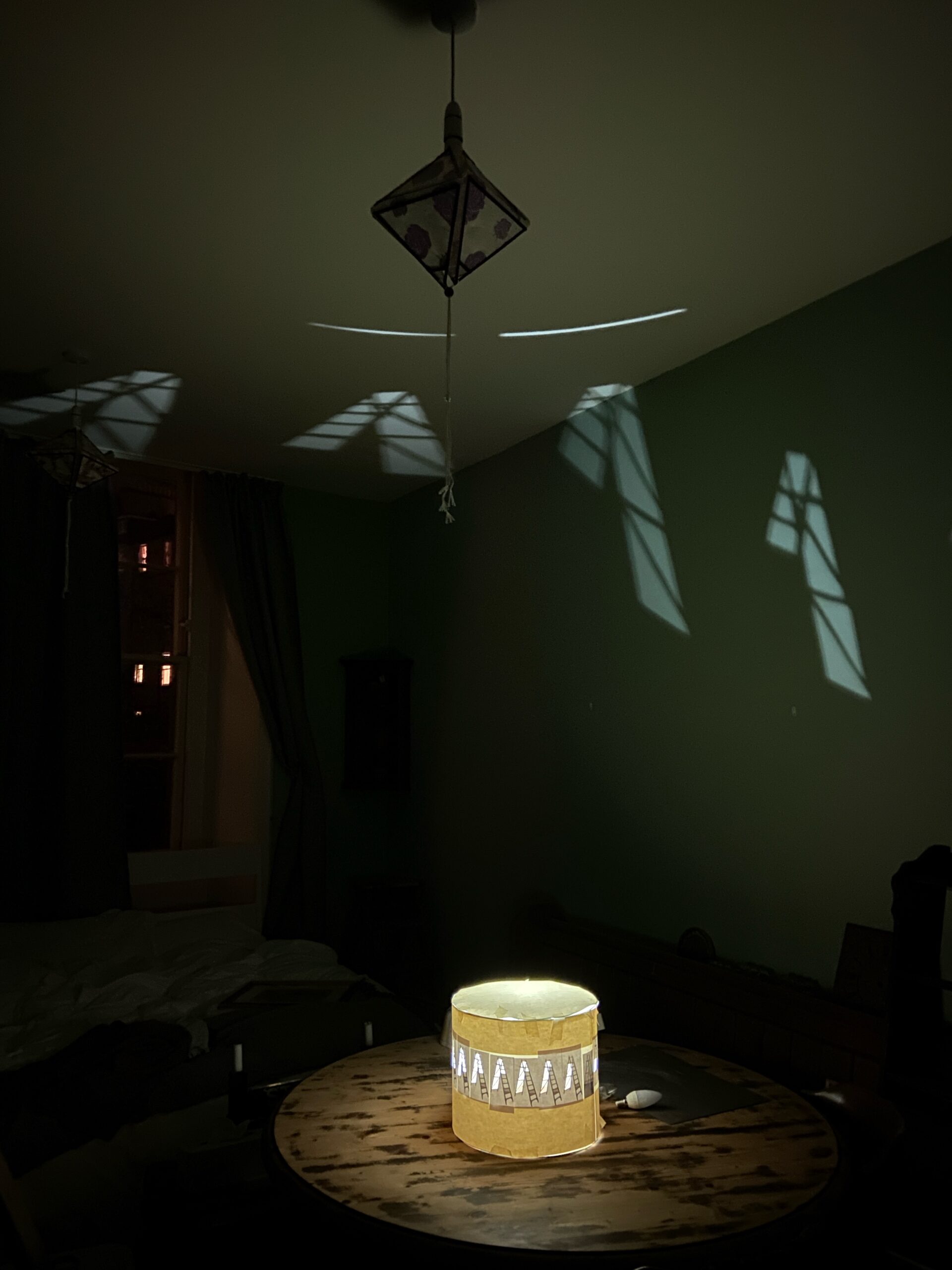
Attempted to create a narrative of block by block construction, by illuminating the negative spaces of a recognisable step ladder form.
I would like to try this out in the studio, in a clearer space that may illustrate this progression a little more clearly.
However, I don’t really know what I’m trying to say. Feeling slightly disenchanted with my stalwart ladders today…
Iwao Yamawaki (山脇 巌, Yamawaki Iwao, 29 April 1898 – 8 March 1987), born Iwao Fujita in Nagasaki, was a Japanese photographer and architect who trained at the Bauhaus.

Regular, machine-made objects arranged in such a way as to simulate natural structures. Peeling layers, sea shell or fossil.





 Division of space creating hierarchy of movement in 2 dimensions.
Division of space creating hierarchy of movement in 2 dimensions.
Structure to climb, advance and descend on.
Fernanda Fragateiro (Montijo, 1962) lives and works in Lisbon.
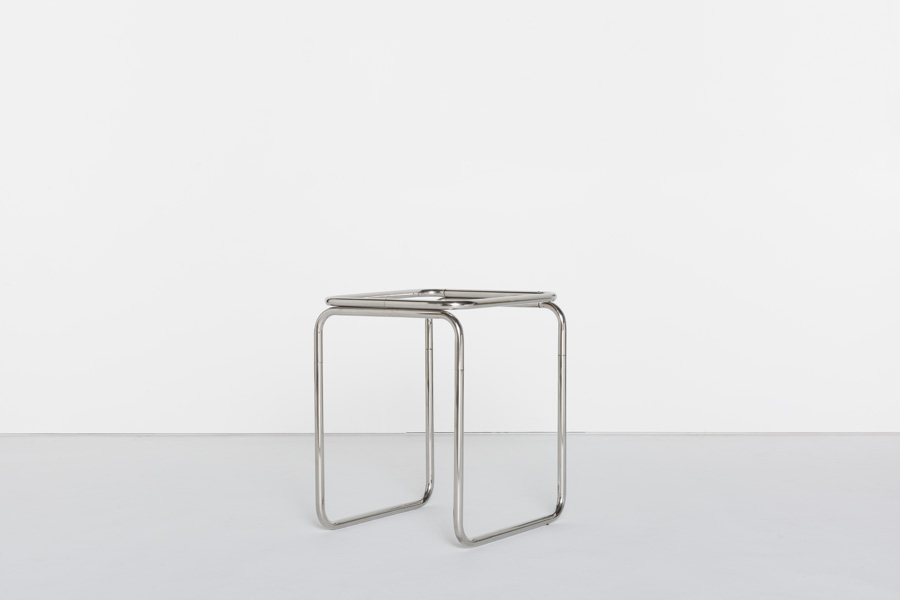
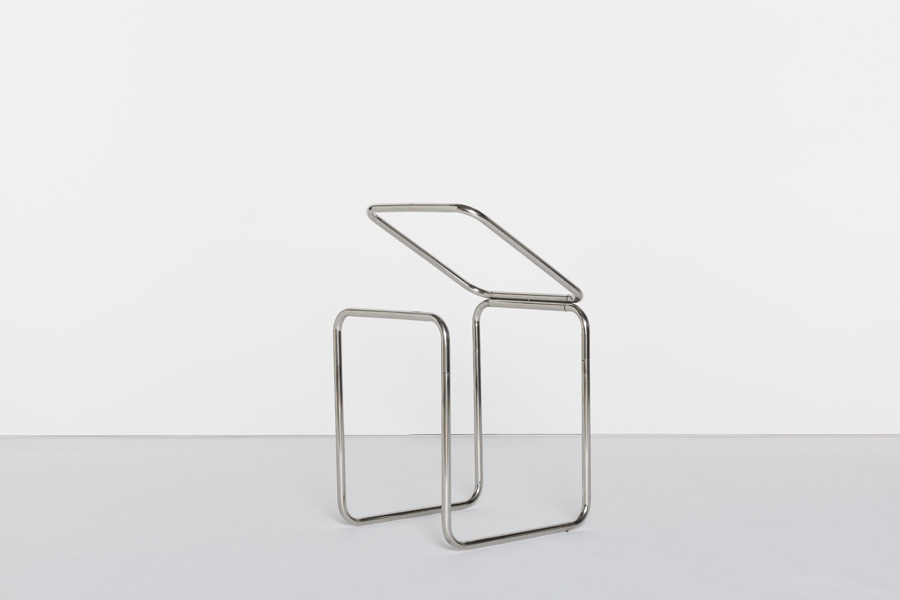
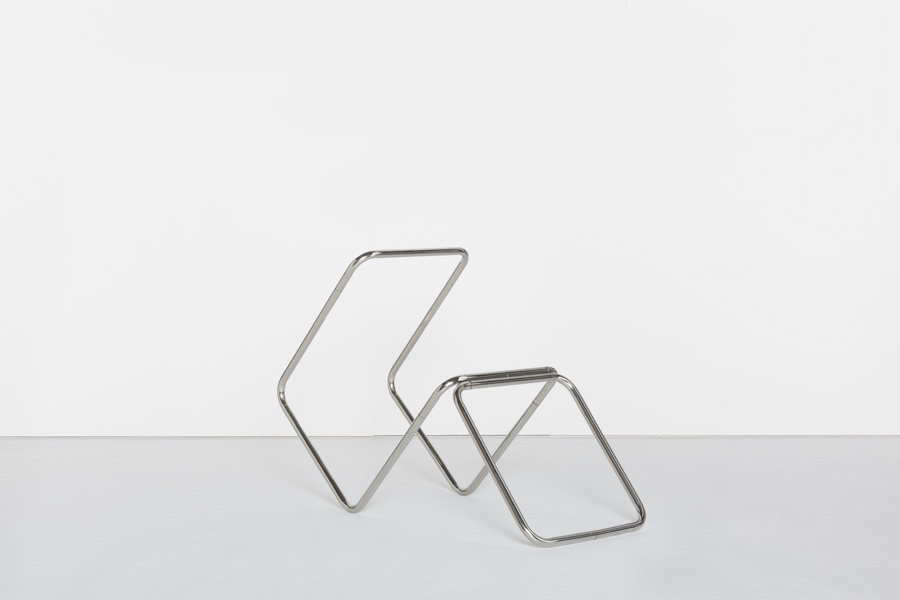

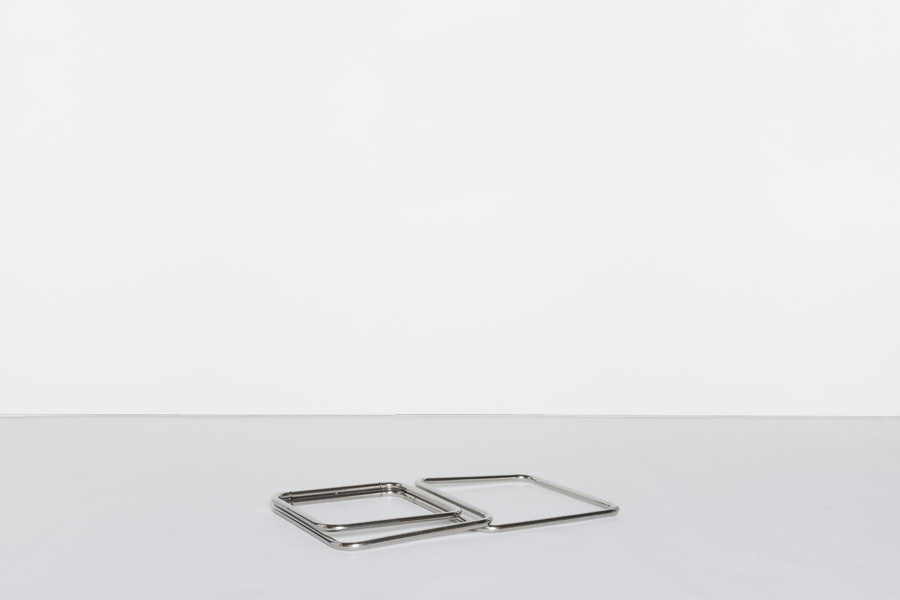
folding stool, after illustration of otti berger’s essay stoffe im raum in Red Bauhaus 5, 1930, 2017
 At the beginning of 1927 Otti Berger enrolled in a course of studies at the Bauhaus where she first took part in Vorkurs – the preparatory course, with Lászlo Mohloy-Nagy, and lectures given by Paul Klee and Wassily Kandinsky.
At the beginning of 1927 Otti Berger enrolled in a course of studies at the Bauhaus where she first took part in Vorkurs – the preparatory course, with Lászlo Mohloy-Nagy, and lectures given by Paul Klee and Wassily Kandinsky.
Really enjoy the illusion of flatness of Berger’s Vorkurs work, whist still communicating space and movement.
The connection between this ribbon-like sculptural installation and the gridular patterns of flat woven fabrics, of which Berger would go on to produce, is self evident.
Berger’s process as highly interrogatory, synthesising multidisciplinary research into material constructions. Deconstructing these products and then resynthesizing rich abstracted geometric textile designs from their constituent parts.
Not simply the materiality of object, but the emotions that the sensation of feeling materials delivers:
‘for one must listen to the fabric’s secrets, track down the sounds of materials.’
Otti Berger – Sample of Upholstery for Tubular Furniture, 1932-1937, Double weave of cotton and plastic fibers, 32.7 x 72 cm (12 7/8 x 28 3/8 in.), Harvard Art Museums
Otti Berger – Sample (Furnishing Fabric), 1919–1933, Cellophane, plain weave, 35.5 x 45.8 cm (14 x 18 in.), photo: The Art Institute of Chicago
Otti Berger – Camelia Pattern Fabric Samples, Textile fibers, Harvard Art Museums